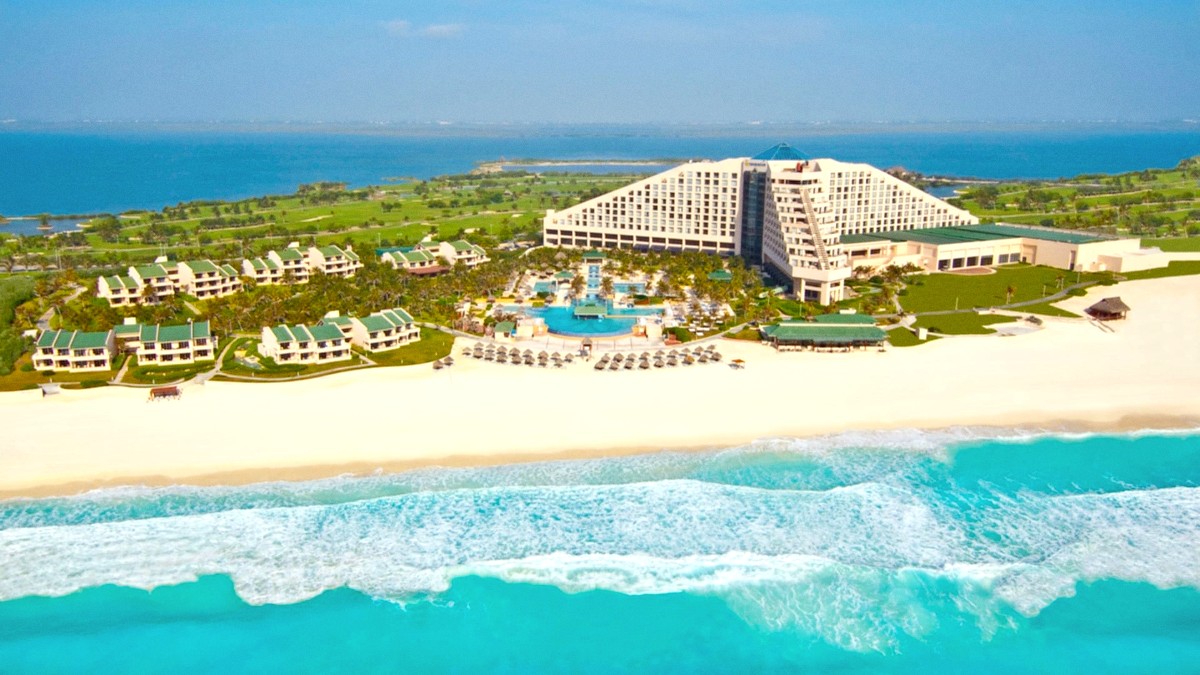
Mexico
Cancun's cuisine holds strong Yucatán influences, distinct from traditional Mexican food found in central or northern Mexico. It presents a fascinating blend of ancient Mayan techniques and ingredients with influences from Spanish, Caribbean, and even Lebanese cultures due to historical trade and migration.
Mayan Ingredients: Corn (masa), annatto (achiote), habanero chili, sour orange, wild turkey, deer, and pumpkin seeds form the backbone of many dishes. Mayans developed sophisticated cooking methods, including the Pib (earth oven).
Spanish Influence: Introduction of pork, chicken, cheese, and new cooking methods significantly expanded the culinary repertoire.
Lebanese Influence: A famous, unique aspect. Tacos al pastor derives from Lebanese shawarma. Other dishes like Kibis also show this influence.
Modern Cancun: Features a wide array of international cuisine alongside traditional Yucatecan dishes.
Lunch (Comida) is typically the largest meal, 2 PM - 4 PM. Dinner (Cena) is lighter, after 8 PM.
Tipping is customary. Eating tacos with hands is acceptable. Be cautious with spicy salsas. Service can be leisurely.
A common phrase meaning "enjoy your meal," politely spoken to others dining or to companions when starting to eat.
Slow-roasted pork marinated in achiote and sour orange, traditionally cooked in a Pib (earth oven). Served with pickled red onions and habanero salsa. Find this at Mercado 28 or local taquerias in Downtown Cancun.
A quintessential Yucatecan dish.
Panuchos: Fried tortillas stuffed with black beans, topped with turkey/chicken, pickled onion, avocado. Salbutes: Similar, but unstuffed, lighter and crispy. Both available at local eateries in Downtown.
Savory and satisfying.
A whole fish (often snapper) marinated in achiote, sour orange, and spices. Wrapped in banana leaves and grilled or baked. Find this at seafood restaurants, specifically near Puerto Juarez.
A coastal culinary delight.
Cerveza (Beer) like Corona. Tequila and Mezcal (smoky agave spirit). Michelada (savory beer cocktail). Margarita and Paloma cocktails.
Agua Frescas (Horchata, Jamaica, Tamarindo). Limonada/Naranjada (freshly squeezed limeade/orangeade). Fresh tropical juices (papaya, mango).
Mostly found in the Hotel Zone, often within luxury resorts or as standalone restaurants with stunning views. Offer international cuisine with a focus on seafood, steak, and contemporary Mexican dishes.
Abundant in both the Hotel Zone and Downtown. Offer a mix of Mexican, Yucatecan, Italian, American, and other international cuisines. Deliver a comfortable dining experience without fine dining prices.
Downtown Cancun is the best area for authentic and affordable dining. Mercado 28 and Parque Las Palapas are bustling hubs.
Widely available, especially in the Hotel Zone and larger malls. Restaurants serving Italian, Japanese, Chinese, American, Steakhouse, French, and many other international cuisines.
Provides variety for those seeking familiar flavors or something different.
Easy to find options to satisfy any craving, from casual dining to upscale international experiences.
Offers familiar tastes or opportunities for new global culinary exploration.
Increasingly available. Learn phrases like "Sin carne."
Corn tortillas are naturally gluten-free. Inform staff clearly about allergies.
Very limited availability. Plan meals carefully.
Carry translated allergy cards. Larger restaurants are better equipped.
For agricultural experiences, travelers typically go inland to the Yucatán countryside.
Some tours might include visits to small farms that grow local produce or chili plantations.
Discover the origin of ingredients used in Yucatecan cuisine.
Gaining insight into sustainable agricultural practices.
Dinner Shows: Many resorts and venues (e.g., Coco Bongo, Joya by Cirque du Soleil) present dinner combined with entertainment (music, acrobatics, cultural performances).
These concepts transcend typical dining, creating memorable evenings with multi-sensory engagement.
Vegetarian options are increasingly available, especially in tourist areas and Downtown Cancun. Many traditional Mexican dishes can be adapted.
Ask for Quesadillas without meat, Guacamole, bean tacos, or vegetable Fajitas (confirm no chicken broth). Chilaquiles can be made vegetarian.
Learn useful Spanish phrases. Use "Soy vegetariano/a" (I am vegetarian), "Sin carne" (without meat), "Sin pollo" (without chicken), "Sin pescado" (without fish), and "Sin crema/queso" (for vegans).
Very limited and not widely available in Cancun. Speciality restaurants or shops catering to specific communities may exist.
Research specific establishments before your trip.
Extremely limited. Best option is to find certified kosher packaged goods at large supermarkets or bring your own.
Travelers with strict kosher requirements plan meals carefully.
Always inform restaurant staff about any allergies or dietary restrictions you have.
For specific or complex dietary needs, research restaurants in advance to ensure they can accommodate you.
When sampling street food, seek stalls with a high turnover of customers. This points to freshness and popularity, often meaning the food is both safe and delicious.